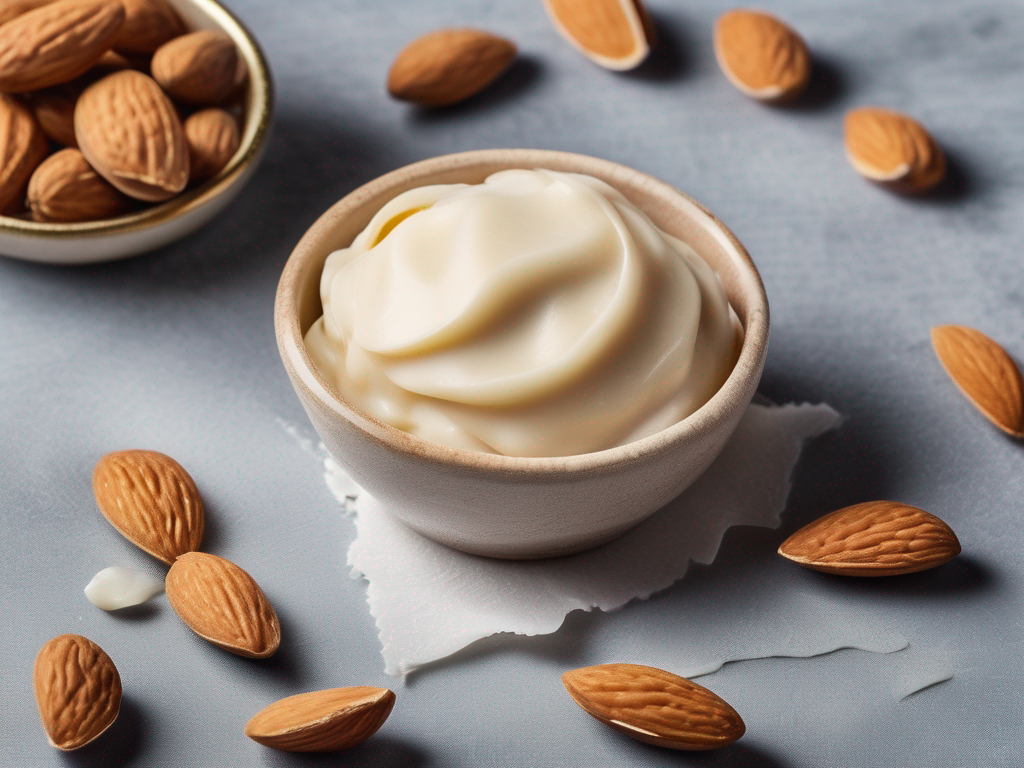
Making the Most of Leftover Almond Paste: Tips to Avoid Waste and Ensure Safety
Get Your Free Food Safety Cheat Sheet
30 most common foods with instant answers. Print it and stick it on your fridge—completely free!
Making the Most of Leftover Almond Paste: Tips to Avoid Waste and Ensure Safety
Are you a baking enthusiast who loves using almond paste in your recipes? If so, you may have encountered the dilemma of what to do with leftover almond paste. Instead of letting it go to waste or risking spoilage, there are several creative and practical ways to make the most of this versatile ingredient. In this blog post, we will explore how to properly store and utilize leftover almond paste to extend its shelf life and prevent food safety issues. (Almond paste)
Understanding Almond Paste
Before we delve into the tips for handling leftover almond paste, let's first understand what this delicious ingredient is. Almond paste is a sweet, dense mixture made from ground almonds, sugar, and sometimes a small amount of almond extract. It is commonly used in baking to add flavor and moisture to pastries, cakes, and cookies. Almond paste is distinct from marzipan, which has a higher sugar content and a smoother texture.
If you are looking for some mouth-watering recipes to use almond paste, check out this [almond paste recipe collection](/food/almond paste).
Proper Storage of Almond Paste
Proper storage is key to preserving the freshness and flavor of almond paste. Here are some tips to help you store leftover almond paste effectively:
Refrigeration
- Store almond paste in an airtight container or resealable plastic bag.
- Place the container in the refrigerator to keep the almond paste fresh.
- Ensure that the almond paste is tightly sealed to prevent it from drying out.
Freezing
- If you have a large amount of leftover almond paste, consider freezing it for later use.
- Divide the almond paste into smaller portions and wrap them tightly in plastic wrap.
- Place the wrapped portions in a freezer-safe container or bag and label them with the date.
Shelf Life
- Check the expiration date on the packaging of store-bought almond paste.
- Homemade almond paste can typically be stored in the refrigerator for up to two weeks or in the freezer for up to three months.
Creative Ways to Use Leftover Almond Paste
Now that you know how to store almond paste properly, let's explore some creative ways to use up your leftovers:
Baking
- Incorporate almond paste into your favorite cookie, cake, or pastry recipes for added flavor and moisture.
- Make almond paste-filled pastries such as bear claws or almond croissants.
Desserts
- Use almond paste as a filling for tarts, pies, or fruit turnovers.
- Mix almond paste into ice cream or frozen yogurt for a delicious almond-flavored treat.
Breakfast
- Spread almond paste on toast or pancakes for a sweet and nutty twist.
- Mix almond paste into oatmeal or yogurt for a flavorful and satisfying breakfast.
Food Safety Tips
When using leftover almond paste in your recipes, it is essential to follow food safety guidelines to prevent contamination and ensure the safety of your food. Here are some tips to keep in mind:
Hygiene
- Wash your hands thoroughly before handling almond paste or any other food.
- Use clean utensils and equipment when working with almond paste to prevent cross-contamination.
Temperature
- Keep almond paste refrigerated when not in use to maintain its freshness.
- Do not leave almond paste at room temperature for an extended period, as it can lead to bacterial growth.
Storage
- Store almond paste away from raw meat, poultry, and seafood to prevent cross-contamination.
- Discard any almond paste that shows signs of mold, unusual odor, or discoloration.
Conclusion
Leftover almond paste can be a valuable addition to your pantry, offering endless possibilities for creative culinary adventures. By following proper storage techniques and food safety guidelines, you can make the most of this versatile ingredient while ensuring that your creations are safe to eat. Whether you use almond paste in baking, desserts, or breakfast dishes, don't let any of this precious ingredient go to waste. With a little creativity and attention to food safety, you can enjoy the rich, nutty flavor of almond paste in a variety of delicious dishes. (Almond paste)
Related Posts
Here are some other articles you might find helpful:
Authoritative Food Safety References
These agencies and university labs inform every tip and health precaution we publish.
USDA FoodKeeper – Cold Storage Guidelines
Official refrigerator, freezer, and pantry timelines maintained by the U.S. Department of Agriculture.
Visit USDA FoodKeeperFDA Produce Safety Rule & Grower Guidance
Field-to-fridge handling practices that prevent contamination of fruits, vegetables, and leafy greens.
Visit FDA Produce SafetyCDC Foodborne Illness Prevention Hub
Surveillance-backed guidance on pathogens, symptoms, and steps to reduce foodborne illness risk.
Visit CDC Food SafetyUC Davis Postharvest Technology Center
University research detailing optimal storage atmospheres for produce after harvest.
Visit UC Davis PostharvestPenn State Extension – Home Food Preservation & Safety
Peer-reviewed extension bulletins on safe canning, chilling, and reheating practices.
Visit Penn State ExtensionGet Your Free Food Safety Cheat Sheet
30 most common foods with instant answers. Print it and stick it on your fridge—completely free! Want more? Upgrade to the complete guide with 70+ foods.
Scan your food directly and get instant safety info using our AI-powered camera feature.